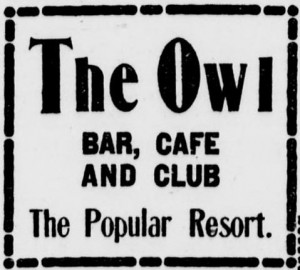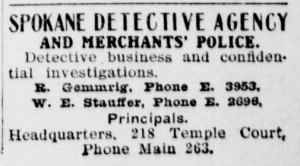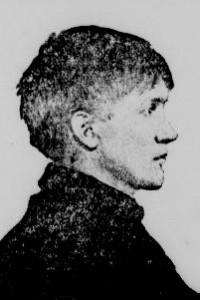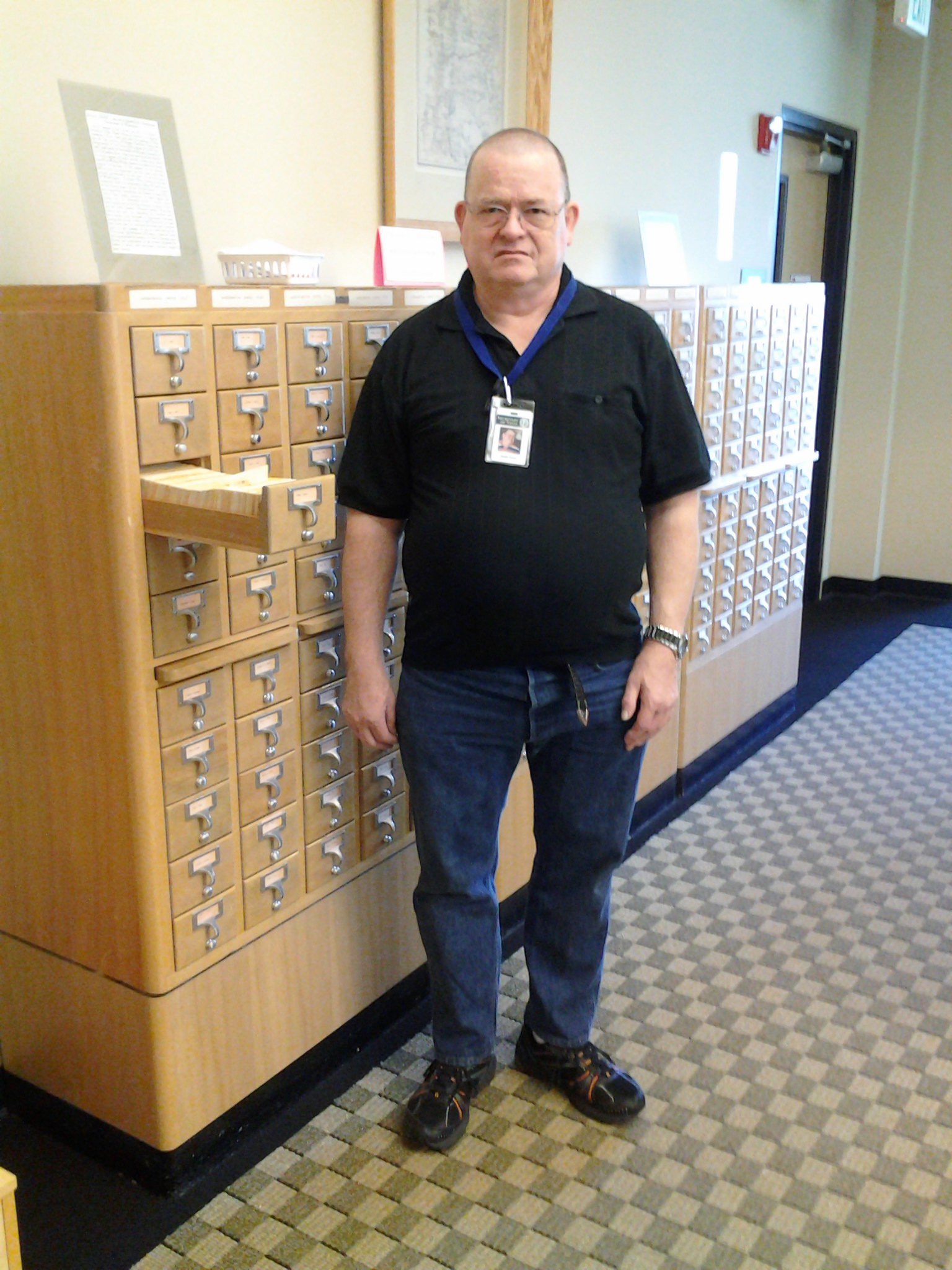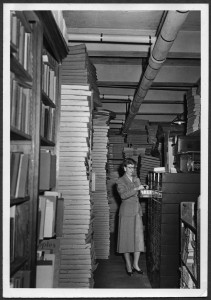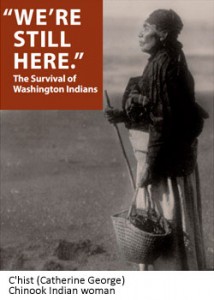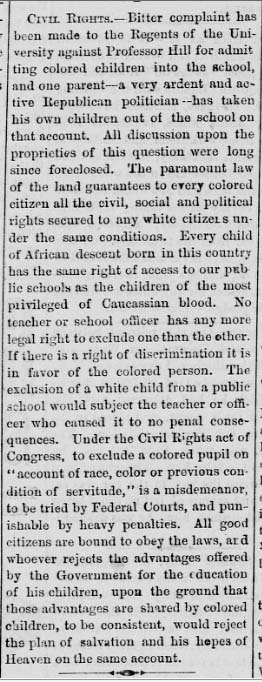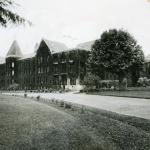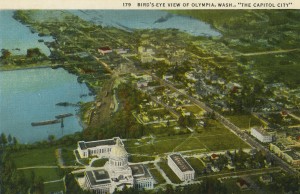 From the desk of Sean Lanksbury, PNW & Special Collections Librarian
From the desk of Sean Lanksbury, PNW & Special Collections Librarian
A small selection of resources tracing 50 years of preserving and exploring in the North Cascades of Washington.
On September 3, 1964 President Lyndon B. Johnson signed the wilderness act as a result of pressure from national and state level citizens and organizations who shared similar concerns about the protection of the United States uninhabited environments amidst increasing industrialization and population growth. Four years following that act, the North Cascades National Park was created. The State Library maintains copies of the hearings that led to its creation within its Federal Publication Collection,
The North Cascades. Hearings, Ninetieth Congress, second session (Washington: U.S. Govt. Print. Off., 1968. 3 vols. 985 p. Illustrations, maps.) These hearings held April 19-Sept. 4, 1968 in various cities.
“Serial no. 90-24.”
Y 4.In 8/14:90-8970/ pt.1 thru 3 (call ahead to have these volumes pulled for on-site review)
“H.R. 8970 and related bills, a bill to establish the North Cascades National Park and Ross Lake national recreation area, to designate the Pasayten Wilderness and to modify the Glacier Peak Wilderness in the State of Washington, and for other purposes.”
A less-traveled jewel of Washington’s wilderness regions and one of the nation’s least visited attractions, North Cascades National Park is arguably the crown jewel, the largest block of protected wilderness along the U.S. – Canadian border. It is largely a roadless area, though it is accessible via the North Cascades highway (WA-20), which commenced prior to Johnson’s administration with appropriated funds in 1958 and completed with a final connection to State Route 153 in 1972.
Washington Highways: North Cascades Highway Dedication Issue. (Olympia, Wash.: Washington State Dept. of Highways, 1964-1972.
WA 388 H531ne 1964 copy three available for checkout
But don’t be dissuaded by the relative scarcity of roads, there are plenty of road trips for the automotive enthusiast that exploit the natural beauty and opportunities for RV and tent camping that do not require a large-scaling hiking adventure!
The North Cascades Highway: A Roadside Guide to America’s Alps. By Jack McLeod. (Seattle, Wash.: University of Washington Press, 2013. 104 pp. Color illustrations, maps, bibliographical references and index.)
NW 917.975 MCLEOD 2013
Camping Washington: The Best Public Campground for Tents & RVs, Rated & Reviewed. By Ron C. Judd. (Seattle, Wash.: Mountaineers Books, c2009. 325 pp. Illustrations, maps.)
NW 917.9706 JUDD 2009
Even the casual appreciator finds themselves knocked back by the North Cascades raw beauty. From top to bottom it’s a stunner: steep peaks beset with translucent blue glaciers that melt into dramatic waterfalls streaming into alpine meadows and deep and lovely lakes cannot help but wow. Such untrammeled gorgeousness has led many to dub it the Alps of North America, but it is its own wonderful vision. A vision so singular that it held members of the Beat Generation in thrall
Poets on the Peaks: Gary Snyder, Philip Whalen & Jack Kerouac in the North Cascades. Text and Photographs by John Suiter. (Washington, D.C.: Counterpoint, c2002. 340 pp. Illustrations, bibliographical references and index.)
NW 811.54 SUITER 2002 AVAILABLE
If you cannot visit soon but wish to get a glimpse, you can see its beauty captured in photographs by checking out
Lake Chelan and the North Cascades: A Pictorial Tour. Text and photos by Mike and Nancy Barnhart; edited by Ana Maria Spagna. (Stehekin, WA: Bridge Creek Pub., c2000. 52 pp. Illustrations, maps.)
NW 917.977 BARNHAR 2000
Shortly after the park’s creation, local author Frank Darvill and the Mountaineers of Washington State each created a collection of maps and routes to aide interested hikers
A Pocket Guide to Selected Trails of the North Cascades National Park and Associated Recreational Complex. By Fred T. Darvill, Jr. (Mount Vernon, Wash. (P.O. Box 636, 98273): F.T.Darvill, c1968.) 52 pp.: illustrations, map.)
NW 917.9773 DARVILL 1968
Hiker’s Map of the North Cascades; Routes and Rocks in the Mt. Challenger Quadrangle. By Rowland W. Tabor and Dwight Farnsworth Crowder. Drawings by Ed Hanson.(Seattle, The Mountaineers 1968. 47 p. Illustrations, maps, bibliographic references.)
R 917.9724 TABOR 1968 (Library Use Only)
Since then there have been additional works created to guide those who wish to wander through the northern woods. The Mountaineers’ guide has added many more hikes of varying difficulty and length since that early guide
100 Hikes in Washington’s North Cascades National Park Region. (Seattle, WA: Mountaineers, c2000-
NW 917.9773 ONE HUN 2000
You can spend just a single day hiking. If you are interested in doing so, try consulting
Day Hike! North Cascades, 3rd Edition: The Best Trails You Can Hike in a Day. By Mike McQuaide (Seattle, Wash: Sasquatch Books 2014. 240 pp.)
NW 796.5109 MCQUAID 2014
Longtime Puget Sound area residents may remember Television personality Don McCune (who also played children’s show host “Captain Puget”) hosted a series called “Exploration Northwest.” In that series he hosted a three episode special split into 30-minute-segments on the North Cascades. Well, as luck would have it, the State Library has those available for your viewing pleasure as well:
North Cascades [videorecording] / KOMO TV. (Woodinville, WA: Don McCune Library, c2005.
1 videodisc (90 min.): sd., col. with b&w sequences; 4 3/4 in.
NW DVD 979.773 NORTH C 2005
In the first segment, the history of the four-year construction of the north cross-state highway is documented. The second segment presents the story of injured eagles care of wounded eagles and their eventual return to their native Skagit Valley habitat. In the third segment, climbers scale pinnacles in the North Cascades and demonstrate free-climbing skills.
There is wildlife galore to encounter in the North Cascades. Bird lovers will discover tons of bird watching opportunities,
Birds of the Northwestern National Parks: A Birder’s Perspective. By Roland H. Wauer; drawings by Mimi Hoppe Wolf. (Austin: University of Texas Press, 2000. 137 pp. Illustrations.)
NW 598.0723 WAUER 2000
And all sorts of mammals ranging from elk, wolves and wolverines to the always controversial Grizzly Bear presence can be sighted. In fact the North Cascades are one of the few areas in Washington State where the Grizzly, while listed as endangered in this state, can still be encountered. Be observant and – as always – take care, especially if you are going fishing in the late summer or autumn.
Wolves in the Land of Salmon. By David Moskowitz. (Portland, OR: Timber Press, c2013. 334 pp. Illustrations, maps, bibliographical references and index.)
NW 599.773 MOSKOWI 2013
North Cascade (Nooksack) Elk Herd. Prepared by Michael A. Davison. (Olympia, WA: Washington Dept. of Fish and Wildlife, Wildlife Program, [2002] 53 pp. Illustrations, maps, bibliographical references.)
WA 639.2 F62nor c2 2002 c.2 AVAILABLE
Click on the following to:
View online from Washington State Library as a PDF Document – Adobe Acrobat Reader Required
A Preliminary Study of Historic and Recent Reports of Grizzly Bears, Ursus Arctos, in the North Cascades Area of Washington. By Paul T. Sullivan. (Olympia, Wash.: Washington Dept. of Game, [1983]
WA 799 G141pre s1 1983 c.1
North Cascades Grizzly Bear Ecosystem Evaluation: Final Report. By Jon A. Almack, William L. Gaines, Robert H. Naney … [et al.] (Denver, Colo.: Interagency Grizzly Bear Committee, 1993.
Washington State Docs WA 799 W64nor c2 1993
Grizzly Wars: The Public Fight over the Great Bear. By David Knibb; foreword by Lance Craighead. (Spokane: Eastern Washington University Press, c2008. 284 pp. Illustrations, maps, bibliographical references, and index.)
NW 333.9597 KNIBB 2008
There are pieces of history tucked away in the park as well, for the curious historians and archaeology buffs:
Historic Structures Inventory: North Cascades National Park Service Complex. Compiled by Gretchen A. Luxenberg. (Seattle, Wash.: Cultural Resources Division, Pacific Northwest Region, National Park Service, [1984] 108pp. Illustrations, maps, forms, bibliographical references, and index.)
“Goat Lake Trail: A Hike into Mining History.” By Richard C. McCollum. (Seattle, Wash.: Northwest Press, [1981], 2 pp. Illustrations, maps, bibliographical references.) As part of the journal, Northwest discovery; v. 2, no. 5. pp. 270-330
NW 979.5 NORTHWE 1981 May
Not only is history to found in the park but it has been made there, particularly in the field of fire control:
Spittin’ in the Wind. Bk. 1, History & Tales: North Cascades Smokejumper Base: The Birthplace Of Smokejumping, 1939-2007. By Bill Moody and Larry Longley. (2007. 256 pp. Illustrations)
NW 634.9618 SPITTIN 2007
As with so many natural spaces, tense debates regarding best practices on how to maintain the lands, and how to best balance human interactions with the environment with the needs of the environment as a whole, persist.
Wilderness Alps: Conservation and Conflict in Washington’s North Cascades. By Harvey Manning with the North Cascades Conservation Council; edited by Ken Wilcox; foreword by David R. Brower. (Bellingham, Wash.: Northwest Wild Books, 2007. 479 pp. Illustrations, bibliographical references, and index.)
NW 979.773 MANNING 2007
We invite you to join us in celebrating this Washington treasure. Please consider taking a road trip into this marvelous region of our state, and maybe as you’re planning a trip you’ll feel like picking up some resources at your State or local library along the way.







